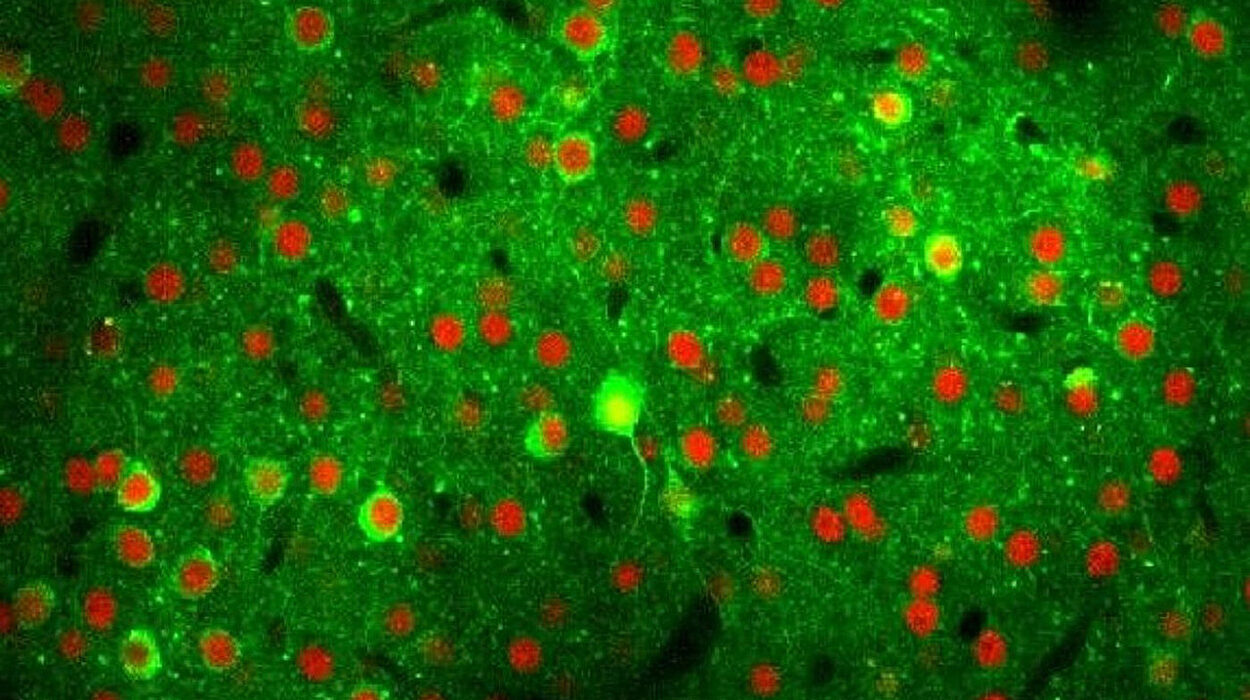Our skin tells a story—sometimes smooth and glowing, other times troubled with bumps, blemishes, or blotches. From ancient herbal traditions to modern-day DIY skincare, nature has always offered remedies for our skin’s ups and downs. This article is your complete guide to natural treatments for the most common skin issues—crafted for beauty seekers, wellness warriors, and anyone curious about healing from the earth.
The Skin’s Story: Why Problems Happen in the First Place
Before diving into specific remedies, it’s essential to understand what causes skin issues in the first place. Our skin is the body’s largest organ and its first line of defense. It’s exposed to weather, stress, hormones, pollution, diet, and lifestyle—all of which can throw it off balance.
Common skin problems include:
- Acne and pimples
- Eczema and dermatitis
- Psoriasis
- Dry skin
- Oily skin
- Hyperpigmentation
- Dark circles
- Wrinkles and fine lines
- Sunburn and tanning
Every issue has roots: clogged pores, inflammation, poor hydration, or imbalances in our system. Nature, thankfully, has an answer to each of these.
Acne and Pimples: Clearing Up the Confusion
Acne is the most talked-about—and often misunderstood—skin condition. It’s not just a teenage woe; adults suffer too, and the triggers range from hormonal imbalance to digestive issues.
1. Tea Tree Oil: The Natural Antiseptic
Tea tree oil is a powerful essential oil with antibacterial and anti-inflammatory properties. A 5% tea tree oil gel has been shown to be as effective as 5% benzoyl peroxide, minus the harsh side effects.
How to use: Mix 2-3 drops of tea tree oil with a tablespoon of aloe vera gel or carrier oil (like jojoba or coconut). Dab onto acne-prone areas once or twice daily.
2. Apple Cider Vinegar: The pH Balancer
This pantry staple balances your skin’s pH and fights off acne-causing bacteria. Its acetic acid content acts as a natural exfoliant.
How to use: Mix one part apple cider vinegar with three parts water. Use as a toner after cleansing. Avoid if your skin is sensitive or irritated.
3. Honey and Cinnamon: The Dynamic Duo
Both have antimicrobial and antioxidant properties. Honey soothes, while cinnamon stimulates circulation.
How to use: Mix 2 tablespoons of raw honey with 1 teaspoon of cinnamon. Apply as a mask and leave on for 10-15 minutes before rinsing.
Eczema and Dermatitis: Calming the Flames
Eczema is a chronic skin condition marked by dry, itchy, inflamed skin. The key to managing it naturally is reducing inflammation and keeping the skin barrier protected.
1. Colloidal Oatmeal: Nature’s Anti-Itch Bath
Oats are rich in beta-glucan, which calms inflammation and hydrates skin.
How to use: Blend plain oats into a fine powder and add to a warm bath. Soak for 15-20 minutes. Repeat daily during flare-ups.
2. Coconut Oil: The Skin Saver
Cold-pressed coconut oil is both antibacterial and deeply moisturizing. It penetrates the skin and reduces symptoms without harsh chemicals.
How to use: Apply directly to affected areas after bathing to lock in moisture.
3. Chamomile: The Calming Flower
Chamomile tea isn’t just for sipping. Its anti-inflammatory compounds soothe irritated skin.
How to use: Brew strong chamomile tea, let it cool, and use it as a compress or toner. Alternatively, mix chamomile essential oil with a carrier oil.
Psoriasis: Soothing the Chronic Cycle
Psoriasis involves rapid skin cell turnover, leading to red, scaly patches. It’s immune-related, so treatments focus on reducing inflammation and supporting skin regeneration.
1. Aloe Vera: The Skin’s Best Friend
Aloe soothes and hydrates, helping reduce redness and scaling in mild to moderate psoriasis.
How to use: Apply fresh aloe vera gel 2-3 times daily to the affected area.
2. Turmeric: Golden Healing
Turmeric’s active compound, curcumin, is a potent anti-inflammatory and antioxidant.
How to use: Make a turmeric paste with water and apply it topically. For internal support, consider turmeric tea or golden milk.
3. Dead Sea Salt: A Mineral-Rich Soak
Salt baths from the Dead Sea are renowned for treating psoriasis due to their high magnesium content.
How to use: Add 1/2 cup of Dead Sea salt to a warm bath and soak for 20 minutes. Rinse and moisturize afterward.
Dry Skin: Feeding the Thirsty Dermis
Dry skin can feel tight, flaky, or itchy. Causes include weather, hot showers, harsh soaps, and aging.
1. Avocado: The Moisture Bomb
Rich in healthy fats and vitamin E, avocado helps nourish dry skin from the outside in.
How to use: Mash ripe avocado and apply as a 15-minute mask. Rinse with warm water.
2. Shea Butter: Africa’s Gift to Skin
Unrefined shea butter is deeply moisturizing and rich in vitamins A and E.
How to use: Rub a small amount between palms and apply directly to dry patches.
3. Cucumber: Hydration Hero
Cucumbers are packed with water and soothing nutrients like silica.
How to use: Blend cucumber into a pulp and apply it as a mask or compress to dry areas.
Oily Skin: Managing the Shine
Oily skin results from overactive sebaceous glands. While it may delay wrinkles, it often causes enlarged pores and breakouts.
1. Witch Hazel: The Natural Toner
This astringent helps tighten pores and remove excess oil without drying the skin.
How to use: Apply witch hazel with a cotton pad after cleansing.
2. Clay Masks: Detox in a Jar
Bentonite and green clay absorb oil and draw out impurities.
How to use: Mix with water or apple cider vinegar to form a paste. Apply as a mask once or twice a week.
3. Lemon Juice: Astringent and Brightener
The citric acid in lemon helps control oil and exfoliate dead skin.
How to use: Dilute lemon juice with water and use as a toner. Avoid sun exposure after application.
Hyperpigmentation and Dark Spots: Brighten Naturally
Pigmentation issues often result from sun exposure, inflammation, or hormonal changes. Nature offers several brighteners without the harshness of bleach-based creams.
1. Licorice Root: The Pigment Fighter
Licorice root extract helps lighten dark spots by inhibiting melanin production.
How to use: Apply licorice root-infused oil or extract directly to spots daily.
2. Papaya: The Enzyme Exfoliator
Papain, the enzyme in papaya, gently exfoliates and lightens pigmentation.
How to use: Mash ripe papaya and apply it as a mask. Leave on for 10 minutes and rinse.
3. Potato Juice: The Gentle Lightener
Potatoes contain catecholase, an enzyme known to brighten skin.
How to use: Grate a raw potato, squeeze the juice, and apply to dark spots with a cotton ball.
Dark Circles: Illuminating the Eyes Naturally
Under-eye circles can be caused by genetics, lack of sleep, dehydration, or allergies.
1. Cucumber Slices: The Classic Remedy
Their high water content and cooling effect reduce puffiness and soothe tired eyes.
How to use: Place chilled cucumber slices over closed eyes for 10–15 minutes.
2. Almond Oil: Night Nourishment
Rich in vitamin E, almond oil helps fade dark circles and hydrate delicate skin.
How to use: Gently dab a drop of almond oil under your eyes before bed.
3. Green Tea Bags: Antioxidant Power
Caffeine and tannins in green tea shrink blood vessels and reduce darkness.
How to use: Chill used green tea bags and place them on closed eyelids for 10 minutes.
Wrinkles and Fine Lines: Age Gracefully, Naturally
Aging is beautiful, but keeping skin firm and vibrant can boost confidence.
1. Rosehip Oil: The Retinol of Nature
Rich in natural retinoids, rosehip oil boosts collagen and improves skin texture.
How to use: Massage a few drops into clean skin nightly.
2. Egg Whites: The Instant Tightener
Egg whites temporarily tighten the skin and reduce the appearance of fine lines.
How to use: Whisk egg whites and apply as a mask. Leave for 15 minutes and rinse.
3. Banana: Nature’s Botox
Bananas contain vitamins and antioxidants that soften and hydrate aging skin.
How to use: Mash half a banana and apply as a mask. Rinse after 20 minutes.
Sunburn and Tanning: Healing After the Heat
Overexposure to the sun damages skin, causes premature aging, and increases cancer risk. Soothing sunburn and fading tan are essential for skin health.
1. Aloe Vera: Cooling and Healing
Aloe’s gel is rich in vitamins, minerals, and enzymes that soothe burns and speed up healing.
How to use: Apply pure aloe gel directly to sunburned skin several times a day.
2. Yogurt and Turmeric: Cooling and Brightening
Yogurt cools and hydrates; turmeric helps fade tan.
How to use: Mix 2 tablespoons of plain yogurt with a pinch of turmeric and apply as a mask.
3. Tomato Pulp: Natural Bleaching Agent
Tomatoes have lycopene, which helps reduce sun damage and fade pigmentation.
How to use: Apply fresh tomato pulp to affected areas and rinse after 10 minutes.
The Inner Glow: Foods and Habits for Skin Health
No natural remedy can outmatch the impact of your internal health on your skin. Glowing skin comes from within, and these foundational tips will amplify any external treatment.
- Hydration: Drink 8–10 glasses of water daily.
- Antioxidant-rich foods: Berries, leafy greens, nuts, and seeds fight skin aging.
- Healthy fats: Omega-3s from flaxseeds, walnuts, and fatty fish keep skin supple.
- Sleep and stress: Prioritize sleep and mindfulness to reduce cortisol-related skin issues.
- Exercise: Increases blood circulation and flushes out toxins.
Closing Thoughts: Nature’s Touch, Science’s Confirmation
What we call “natural remedies” today were the only remedies our ancestors had. And now, science is catching up, confirming that plant-based, earth-grown solutions are often the gentlest, safest, and most effective ways to care for our skin.
Whether you’re mixing honey in your kitchen or applying a cucumber slice to your eyes, remember: skincare is a ritual. It’s not just about the remedy but the act of caring for yourself, of tuning in to your body’s needs, and honoring the wisdom of nature.
Beautiful skin is a reflection of balance—in your body, your environment, and your spirit. And with the right natural tools, that balance is just within reach.






